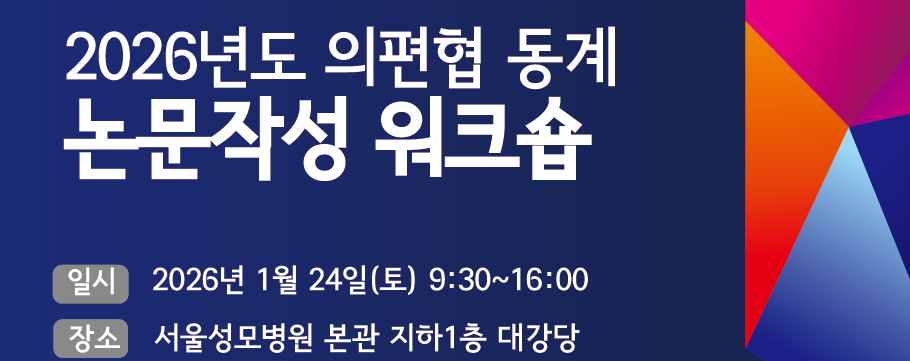- (04427) 서울특별시 용산구 이촌로 46길 37, 4층 대한의학학술지편집인협의회
- +82-2-794-4146 +82-2-794-3146 문의
KoMCI 소개 KoMCI Link
Beginning in the mid 1990s, organizations who were dependent on the Government of the Republic of Korea for their funding came to the conclusion that relatively few opportunities for obtaining funds were available to applicants who had not published a sufficient number of papers in international journals. This led professors at medical schools and medical scientists to submit more manuscripts to international journals. This Government policy fomented a crisis for domestic journals that had limited funds. The initial effect of this policy was an annual decrease in the number of submissions to domestic journals from domestic scientists. This said, the Korean Academy of Medical Sciences (KAMS) was aware of the value of domestic medical journals, with their focus on the medical health problems of Koreans, given that there are a number of health issues unique to Koreans. Therefore, it was felt that discrimination in favor of the international journals, at the expense of domestic journals, should be gradually reduced. Moreover, it was felt that the domestic medical journals should be evaluated fairly. To reach these goals, the executive committee of KAMS decided to develop a citation index for Korean medical journals.
In March 2001, KAMS launched the Korean Medical Citation Index (KoMCI) Project to realize these goals. First, they evaluated the citation index data as an impact factor. Subsequently, the KoMCI book and CD-ROM were published. After maintaining the databases for two years, the KoMCI Project set about establishing the KoMCI Web, a system for searching for cited references in specific papers, in March 2003.
When analyzing and providing citation data, the KoMCI Project dealt only with domestic journals cited in domestic journals, since the data on foreign journals cited in a domestic journal could not be analyzed within the scope of the KoMCI Project. Therefore, the raw data to be analyzed in the KoMCI Project and the database provided by the KoMCI Web contain domestic data only. The KoMCI Web consists of two major databases: a source database and a citation database. The source database is indebted to KoreaMed as it is maintained and updated daily by the Korean Association of Medical Journal Editors (KAMJE). From the KoMCI Web, it is possible to identify whose paper cites whose paper. Therefore, the results are highly dynamic and interactive. It can provide specific information on researchers and groups in related fields.
The KoMCI book and CD-ROM are written in Korean, but an English summary will be provided. At KoMCI Web, anybody who is interested in Korean medical journals and their citation references will be able to surf the Web of Korean medical information freely. In addition, authors may use the KoMCI Web to find out who is citing their papers published in Korea.
The three items, the KoMCI book, and CD-ROM, KoMCI Web constitute a unique database, not only in Korea, but also worldwide. They reflect the desire of Korean physicians and medical scientists to contribute to global health, as well as to enhance the internet profile of Korea, formerly known as the Land of the Morning Calm. It will be deeply gratifying if the databases in KoMCI Web can contribute to the progress of clinical and scientific work.









